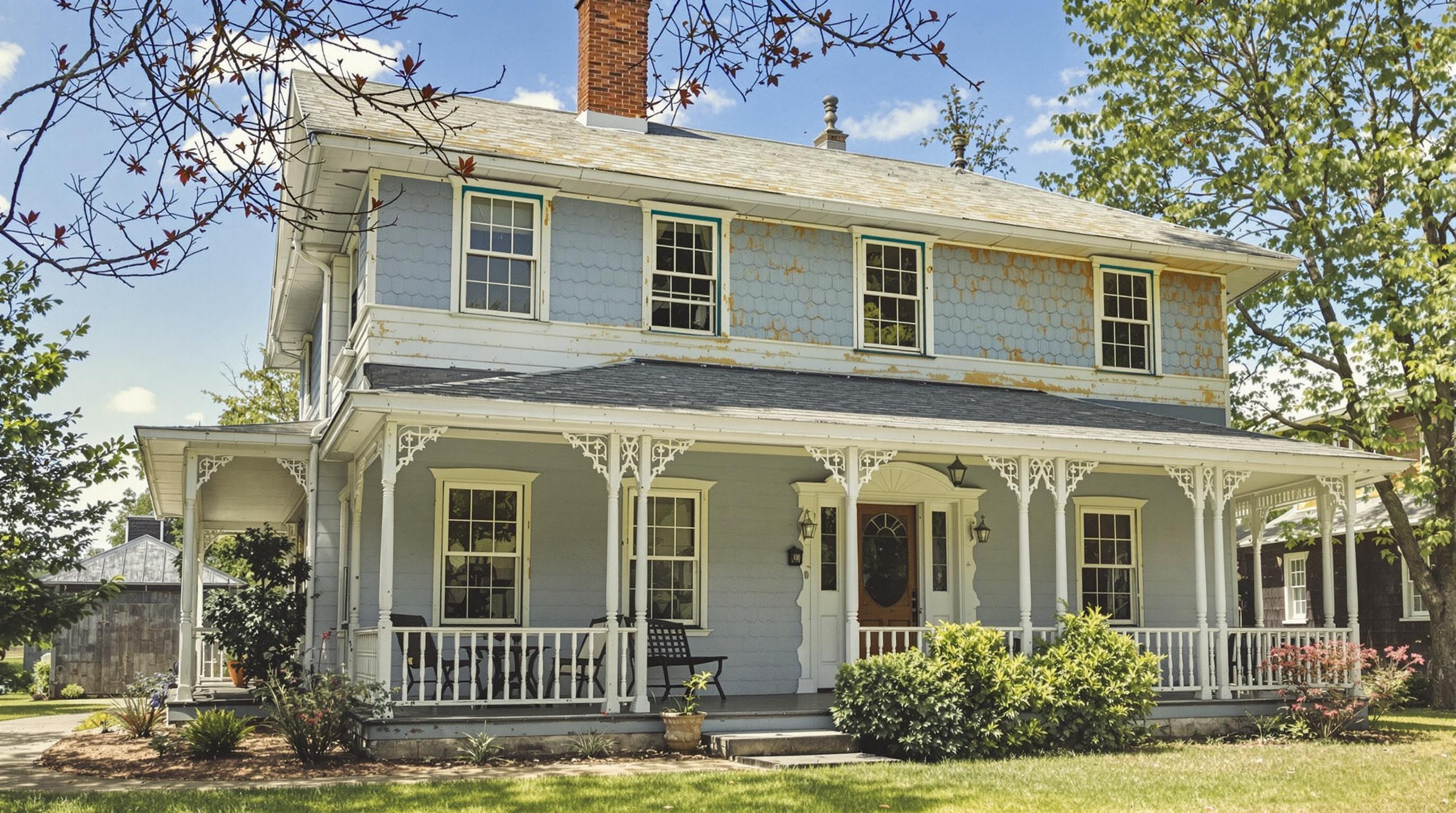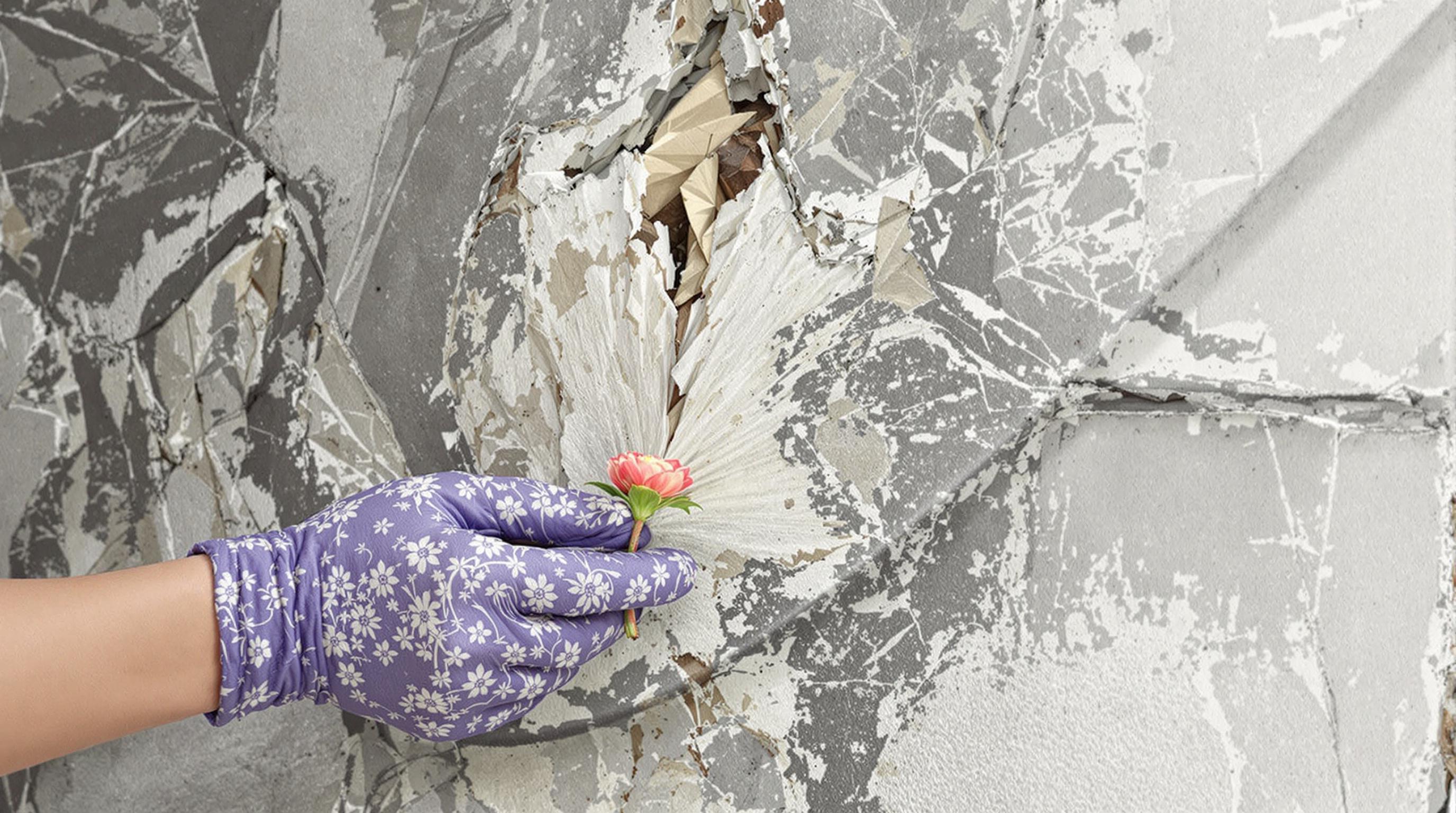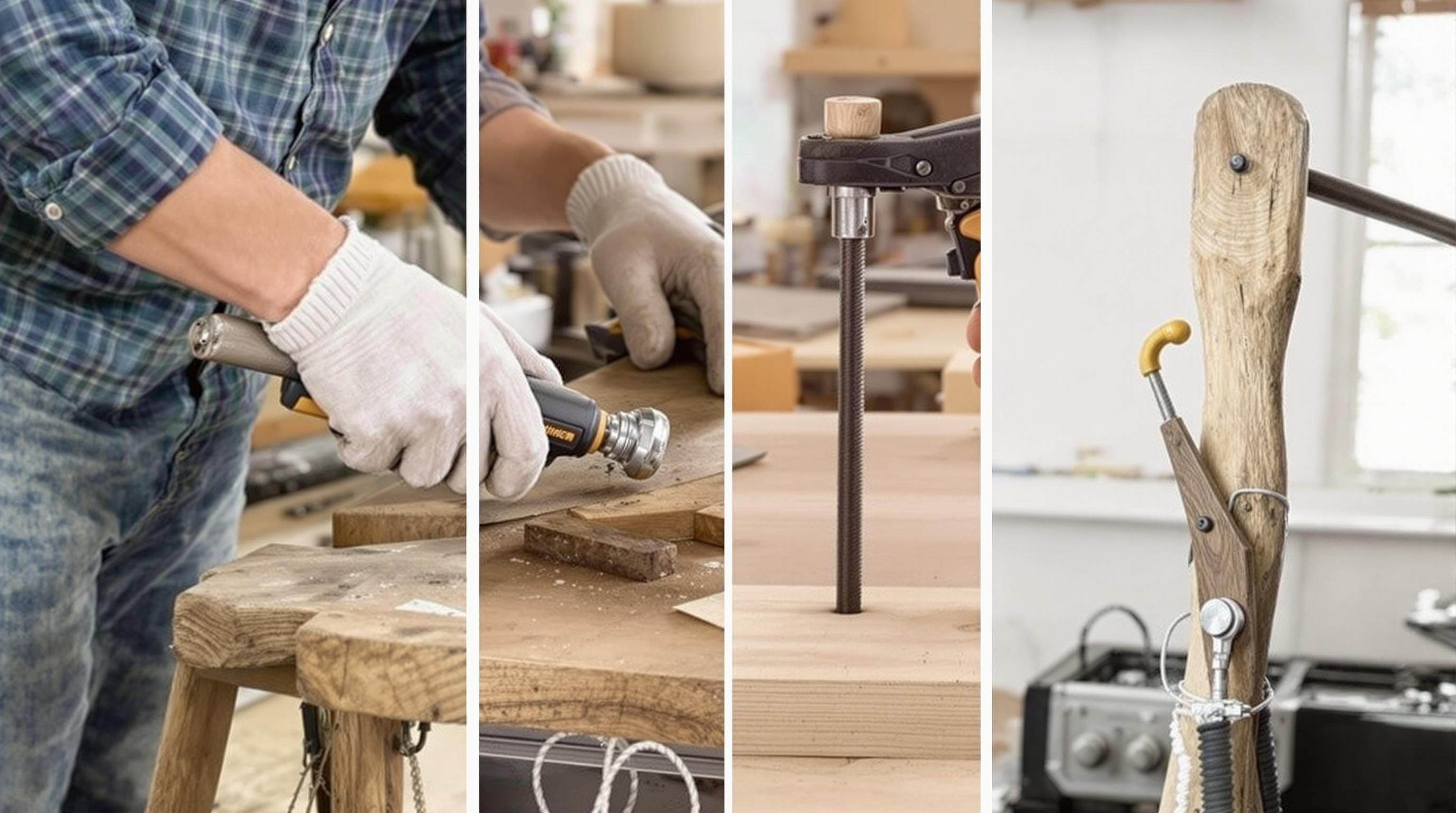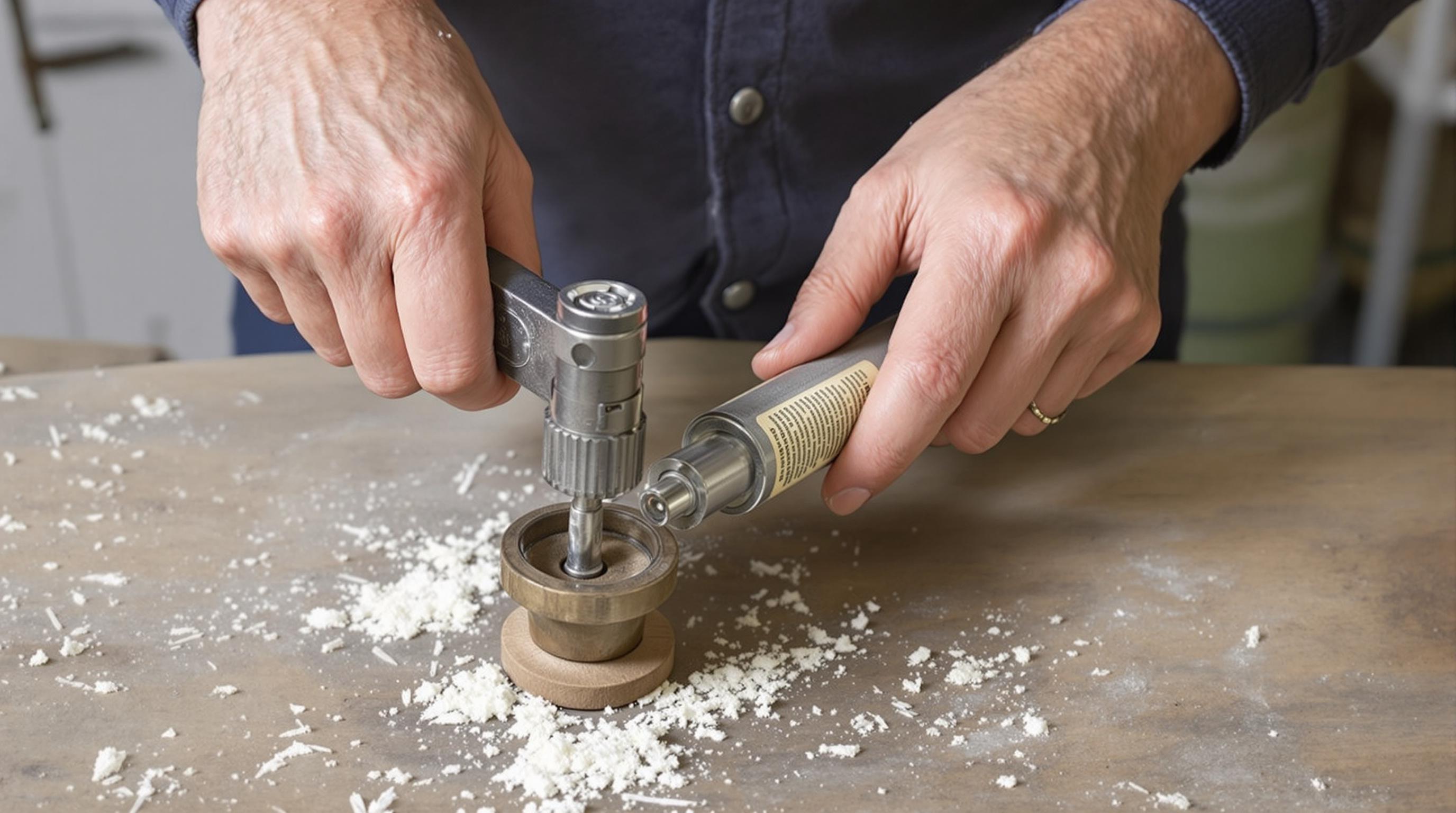Related Articles
- The Hidden Influence of Ergonomics: How Tool Design Shapes Our Physical Spaces and Daily Lives
- The Silent Influence: How Hidden Home Implements Shape Our Daily Routines and Spaces
- The Counterintuitive Role of Chaos: How Messy Tool Storage Can Lead to Unexpected Home Innovations
- Exploring the Unseen: How Audio Experiences Shape the Art of Domestic Spaces and Color Perception
- Rethinking the Mundane: How Everyday Objects are Becoming the Canvas for Modern Artistic Expression in Home Spaces
- Cultivating Chaos: The Surprising Benefits of Embracing Weeds in Your Garden Ecosystem
12 Overlooked Home Repair Techniques from Past Eras: Rediscover Craftsmanship and Enhance Your Living Space Today!
12 Overlooked Home Repair Techniques from Past Eras: Rediscover Craftsmanship and Enhance Your Living Space Today!
12 Overlooked Home Repair Techniques from Past Eras: Rediscover Craftsmanship and Enhance Your Living Space Today!
1. Traditional Mortise and Tenon Joints
During earlier centuries, carpenters relied heavily on mortise and tenon joints for constructing sturdy furniture. This interlocking technique allowed components to strengthen one another, offering remarkable durability.
Today, many modern furniture pieces use screws and glue, which may not provide the same longevity. Rediscovering this time-tested technique can ensure that furniture withstands the rigors of everyday life.
Learning to create mortise and tenon joints can inspire a new appreciation for the beauty of craftsmanship, reminiscent of your grandparent's study or an antique shop.
2. Lime Plastering
Lime plaster was a standard choice for wall finishes before the introduction of synthetic materials. It allows buildings to "breathe," reducing moisture buildup and promoting a healthier indoor environment.
Although gypsum and cement plasters dominate the market, lime plastering is experiencing a revival for its eco-friendly properties. By adopting this technique, homeowners can enhance aesthetics while promoting sustainability.
Utilizing lime plaster not only improves the longevity of your walls but also connects you with centuries of proven building practices.
3. Copper Plumbing
Copper pipes, used extensively in homes for decades, are admired for their durability and resistance to corrosion. Unlike plastic alternatives, they provide no leaching risks, making them a healthier choice for our homes.
The skill to work with copper pipes involves soldering and bending, techniques that are on the decline. Embracing copper plumbing again could optimize water quality while imparting a sense of authenticity to your home's systems.
By investing in this age-old technique, you not only enhance your living environment but also honor the craftsmanship that alone could transform plumbing from a mere necessity to an art form.
4. Hand-Crafted Tiles
Before mass production took over, tiles were often hand-crafted, showcasing unique patterns that reflected cultural heritage. Using artisanal techniques can provide a distinctive character to spaces like kitchens and bathrooms.
Resurrecting this method involves learning to mold and glaze tiles, which can become a fantastic DIY project. Through this process, you can personalize your living spaces while integrating historical techniques into your decor.
Hand-crafted tiles tell stories, and choosing this path allows you to add personal flair that modern tiles can't replicate, ensuring your home stands apart.
5. Wool Insulation
Wool insulation is an age-old natural alternative that offers fantastic thermal performance, moisture regulation, and sustainability. This technique, largely forgotten in modern construction, is making a comeback due to its eco-friendly nature.
Installing wool insulation requires precise measuring and cutting for optimal performance. By investing time in learning this process, you can dramatically improve your home's energy efficiency and comfort.
Using sheep’s wool, a renewable resource, allows homeowners to create a snug living space while paying homage to traditional building methods that stand the test of time.
6. Reclaimed Woodwork
Reclaimed wood has gained popularity, not only as a resource but also as a testament to past craftsmanship. Older wood typically boasts a richness and distinct history that new materials cannot match.
Working with reclaimed wood involves careful planning, as each piece tells a different story. By sourcing and repurposing these materials, you can create custom furniture and fixtures that honor traditional design while being environmentally responsible.
Integrating reclaimed wood into contemporary spaces can serve as a conversation starter while enriching your home with texture and warmth reminiscent of bygone eras.
7. Thatching Roofs
Thatching was a common roofing method before modern materials became ubiquitous. Made of straw, reeds, or other plant materials, thatched roofs provided excellent insulation and a distinctive style.
Re-instating thatching in rural settings can revive not only aesthetic beauty but also cultural heritage. Though challenging, the art of thatching requires a diligent craftsperson who can appreciate this traditional roofing technique.
If properly maintained, a thatched roof can last for decades, drawing attention to the harmonious relationship between architecture and nature.
8. Spool and Bobbin Technology
Using spools and bobbins for sewing fabric was a meticulous practice in earlier household crafts. This technique can create elaborate designs, allowing one to mend or embellish clothing and textiles more thoughtfully.
With an increase in fast fashion, the knowledge of vintage sewing techniques is fading. Mastering spool and bobbin technology can enhance wardrobe longevity and encourage a sustainable mindset regarding textile consumption.
As crafting your garments becomes a rewarding endeavor, it can deepen your connection to both family history and individual creativity.
9. Stone Masonry
Stone masonry is an age-old technique observed in countless historic structures, known for its strength and resilience. This art requires a keen understanding of stone types, placement, and composition.
While concrete often replaces stone today, learning stone masonry allows homeowners to build striking features such as fireplaces, outdoor walls, or pathways designed to age gracefully over time.
Implementing this technique into your home not only enhances its aesthetic appeal but also creates a lasting connection to architectural traditions that have endured for centuries.
10. Old World Plastering Techniques
Old world plastering methods, such as the Venetian or stucco techniques, provide a distinctive finish to walls and ceilings that modern drywall cannot replicate. These intricate approaches enhance texture and depth in interiors.
Through various layering and polishing processes, you can invoke a luxurious expression in your spaces. Learning such skills opens up new crafting avenues that modern techniques overlook.
Integrating these time-honored plastering methods allows you to create environments brimming with character, intertwining the elegance of the past with contemporary living.




